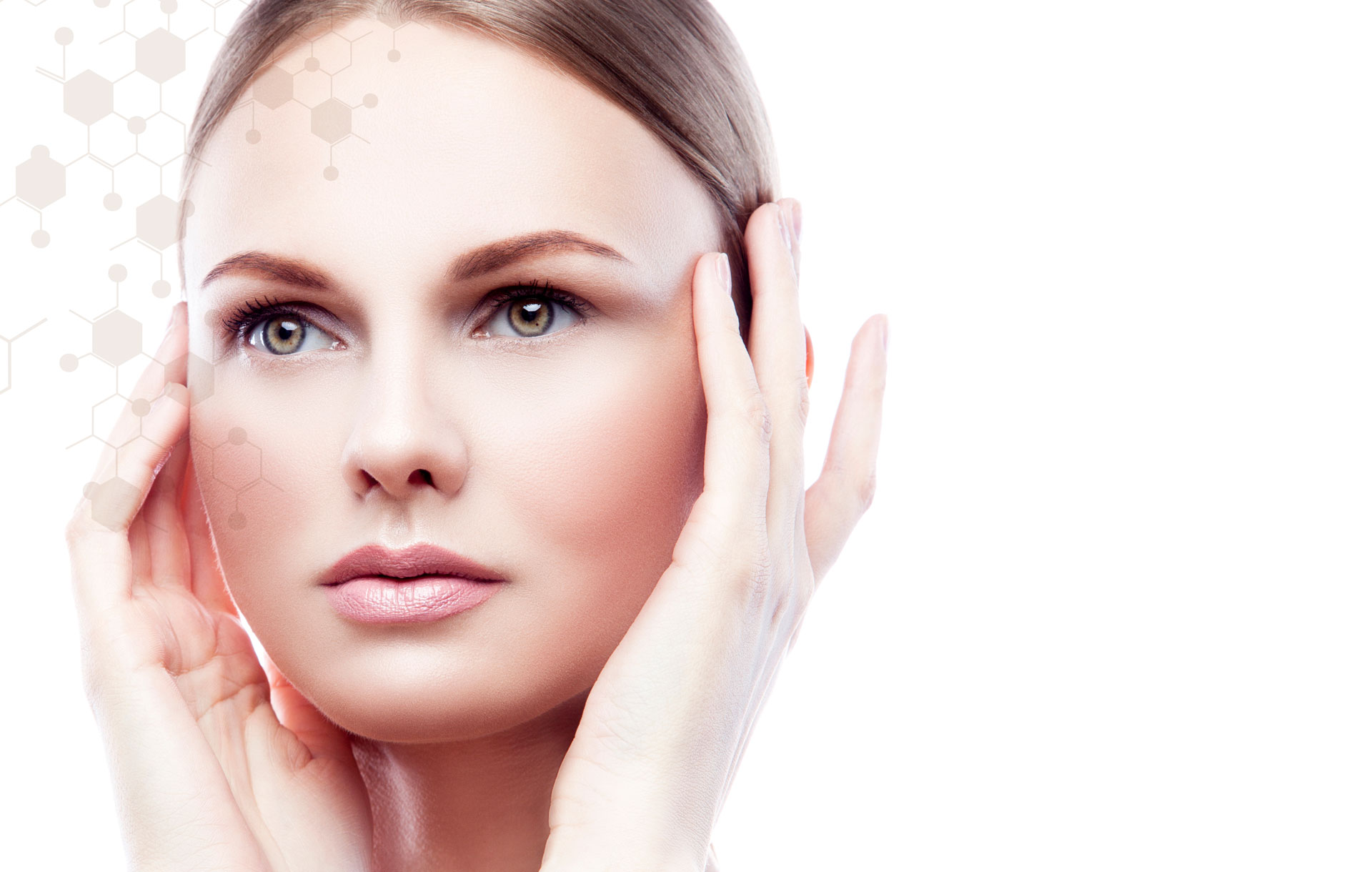
Addressing hyperpigmentation in the treatment room
Nothing enters our treatment room more than a client with concerns about hyperpigmentation. And nothing can be as frustrating and tricky to treat for both you and your clients. But what exactly is it, and how can you tackle it to ensure a successful turnaround for your treatments?
Hyperpigmentation is one of the most common signs of aging and usually a harmless condition, where patches of skin become darker in color than the surrounding skin. Melanin is the brown pigment that produces our skin’s color and darkening occurs when an excess of that melanin forms deposits in the skin. Hyperpigmentation can affect any skin tone, lighter or darker. However, some people are just a bit more prone to it than others. It can also vary in its onset. Hyperpigmentation can result from years of sun exposure and then slowly appear over time, or it can appear swiftly and suddenly.
TYPES OF HYPERPIGMENTATION
The causes of hyperpigmentation can vary from hormonal changes to environmental factors and lifestyle choices. Even skin conditions like acne can leave dark spots after the condition clears. Other causes of dark spots are injuries or trauma to the skin, including simply picking a blemish or an incision from surgery. Freckles, which are inherited characteristics, are small brown spots that appear anywhere on the body, but most common on the face, the arms, and the back.
[ihc-hide-content ihc_mb_type=”show” ihc_mb_who=”2,4,5,6,7″ ihc_mb_template=”3″ ]
Another common form of hyperpigmentation is what your clients will call “age spots.” They occur from sun damage and excess sun exposure. These small darkened patches are usually found on the hands and face or other areas frequently exposed to the sun. It is important to note that anything you deem suspicious, such as oddly shaped spots or a spot that has grown since the last time you saw your client, should be addressed by the client’s physician.
Hyperpigmentation caused by hormonal changes and imbalances is known as melasma or chloasma. These spots are similar in appearance to age spots but are larger areas of darkened skin. For example, pregnancy can trigger the overproduction of melanin that causes the ‘mask of pregnancy’ on the face. Women who take contraceptives, or birth control pills, can also develop hyperpigmentation because their bodies undergo hormonal changes similar to those of a pregnant woman.
TREATING THE UNDERLYING ISSUE
You have all sorts of products and gadgets in your arsenal. But when a client is on your treatment table and they tell you their concern is acne scarring, but they still have active acne, address the acne and breakouts first! This is key with any condition causing pigmentationtreat the source before you handle the pigment. If you go ahead and work on brightening dark spots, but don’t address the acne, hormones or any other culprit of the pigment, you will be in an endless cycle, where the source of the issue will always be tickling those melanocytes to produce more pigment.
If your client is a sun worshipper, they need to take care of their skin and reduce sun exposure for multiple reasons immediately. If your client recently started a new hormone-based medication, suggest that they visit their physician to discuss the side effects. Once the culprit is under control, you can move on to the aftermath that is hyperpigmentation.
HYPERPIGMENTATION TREATMENT
There are an array of ways you can go about treating dark spots. It is crucial to focus and use products that inhibit melanin formation, exfoliate to brighten existing pigmented areas, and focus on reducing inflammation in the skin. Combatting hyperpigmentation from all these angles will help ensure success and trust from your client. There are plenty of ways to combat these darkened spots with the right ingredients.
Since hyperpigmentation is the darkening of the skin due to an overaccumulation or uneven distribution of melanin, understanding how pigment is produced is important when treating hyperpigmentation. Knowing and understanding the process will show you where you can disrupt its production.
Tyrosinase is a copper-containing enzyme present in plant & animal tissues and plays a significant role in this process. Tyrosinase catalyzes the production of melanin and other pigments from tyrosine by oxidation. It is found inside melanosomes, which are synthesized in the skin melanocytes. Decreasing tyrosinase activity is essential for the prevention of conditions related to hyperpigmentation of the skin, such as melasma and age spots. Inflammation such as hormones, sun exposure, injury, and certain medications can trigger tyrosinase activity.
Tyrosinase inhibitors are common agents used in skincare to address unwanted pigmentation since it controls how fast your skin produces pigments. Some great tyrosinase inhibitors include L-ascorbic acid, kojic acid, and azelaic acid. L-ascorbic acid (aka vitamin C) can be used as lightening and brightening agents and provide antioxidant protection from UV rays.
Providing your clients with a professional exfoliation experience, such as a chemical peel, will be a game-changer in your facial treatments. Incorporating gentle acids like lactic acid or a cocktail of acids, including kojic acid or azelaic acid, is a great choice. Exfoliation will encourage cell renewal and brighten your client’s complexion.
Giving clients an LED light therapy session or series can be another staple when treating hyperpigmentation. Overproduction of melanin is typically a response to inflammation, incorporating anti-inflammatory practices like LED will make all the difference.
PREVENTION
When talking about hyperpigmentation, the best approach is always a preventative one. Jumping in front of the issue can be much easier for both you and your clients than treating an existing case of unwanted dark spots. This is where home-care comes in! Having your clients mimic your in-office facial treatments will help boost results and extend the effects of the treatment you provide. This will also hold them responsible and accountable for their progression. If your client isn’t already incorporating one, add a broad-spectrum sunscreen to their regimen. You also want to have them on an excellent vitamin C serum. Pigment inhibitors are also key! Hyperpigmentation can be a long battle, but there are plenty of ways to combat these darkened spots with the right ingredients!
[/ihc-hide-content]












